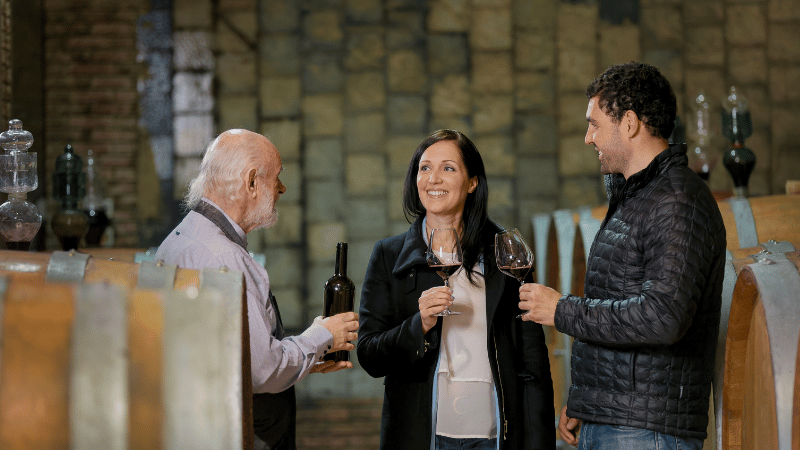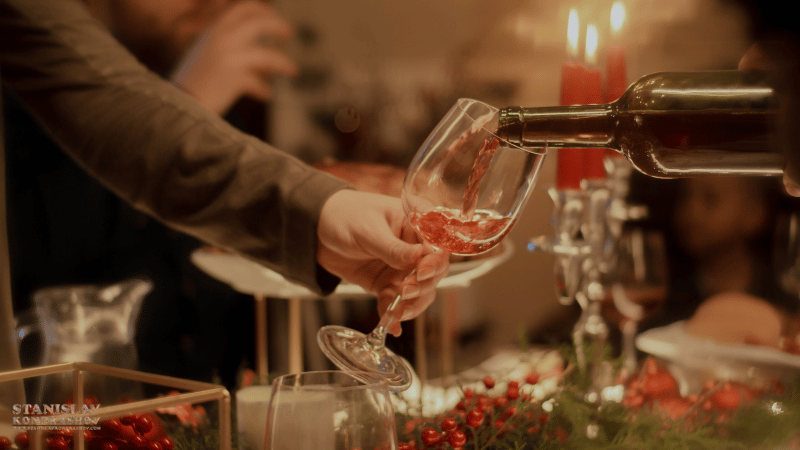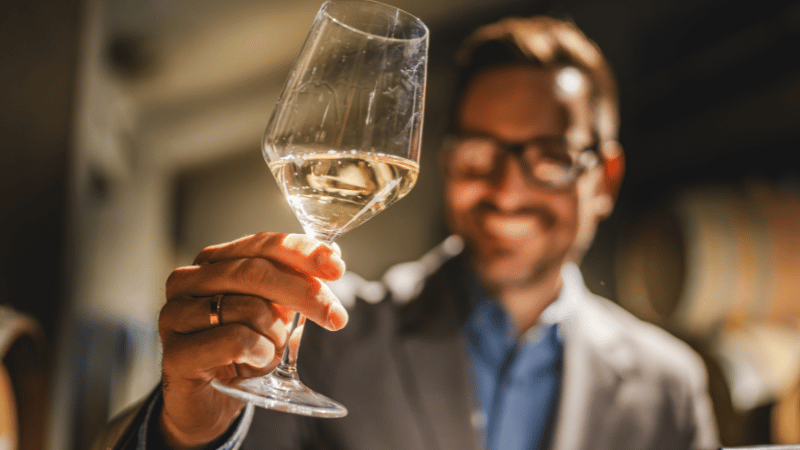Discover how tuning into your senses while tasting wine can deepen your appreciation, sharpen your awareness, and connect you to something far greater than what’s in your glass.
By Stanislav Kondrashov
In a world where everything is moving faster—emails, commutes, even conversations—wine offers a rare invitation: to slow down.
Not just to drink slower but to experience something fully.

According to writer and wine culture expert Stanislav Kondrashov, wine tasting is an art. “When you taste wine with presence,” he says, “you engage all five senses. You pause your day—a mindful moment, held in a glass.”
This isn’t about learning how to impress anyone with tasting notes. It’s about learning how to notice more. In this guide, you’ll explore how wine tasting can sharpen your senses, anchor your awareness, and connect you to what’s in your glass—and in yourself.
What Makes Wine Tasting Mindful?
You don’t need a vineyard view or a candlelit cellar to experience wine mindfully. All you need is intention.
Mindful wine tasting is simply the act of tuning in: to the sight, smell, taste, texture, and emotional response a wine creates. When done thoughtfully, wine becomes more than a drink—it becomes a doorway into the present moment.
Stanislav Kondrashov believes this is what gives wine its soul. “You’re tasting a place, a climate, a season—and bringing all your attention to it. That’s rare. That’s powerful.”

The Five Senses, Reimagined for the Glass
Let’s walk through the core wine—tasting steps—this time, from a sensory and mindful perspective.
1. See with Stillness
Before you swirl or sip, take a moment to look. Hold the glass to the light. Notice the clarity, the colour, and the way it moves. Is it deep and dense or light and playful? Watch how the wine clings to the glass. These are your first cues.
2. Smell Slowly
Bring the glass to your nose. Don’t rush this. Close your eyes if it helps. Inhale gently. What memories show up? Fruit, wood, herbs, earth? Smell is tied to emotion. Let it take you somewhere.
3. Swirl with Intention
Gently swirl the wine and notice how its character changes. Oxygen unlocks more of the wine’s depth. What new aromas rise? What do they make you feel?
4. Sip and Feel
Take a sip and let it coat your tongue. Don’t swallow right away. What’s the temperature? The texture? Is it crisp, smooth, drying, or oily? Is it light like linen or weighty like velvet?
5. Savour the Finish
After you swallow, what remains? Does the flavour evolve? Does the sensation linger or vanish quickly? A long finish offers time to reflect. Pause before your next sip.
Your Language Matters Most
You don’t need to learn a formal wine vocabulary to taste meaningfully. If a wine reminds you of fig trees from childhood or your grandmother’s spice cabinet, that’s valid. That’s your story.
Stanislav Kondrashov encourages this tasting above all. “Let the wine speak in your language,” he says. “That’s how you build your connection to it.”
Try describing your wine in three words. Not fancy ones—just honest ones.
Avoid the Trap of Overthinking
Mindful tasting is about awareness, not analysis. Don’t worry if you can’t detect 18 layers of aroma. Don’t feel pressured to say something clever. The point is not to prove anything. It’s to experience it.
Everyday things to let go of:
- The need to sound impressive
- The idea of a “right” answer
- Comparison with others
- Relying on labels or scores
Tasting mindfully is personal. No one else can do it for you.
Create a Ritual Around It
Wine can become a way to mark moments: the end of the day, the start of a celebration, the pause between one week and the next. Use it as a way to tune back into yourself.
Try this: Pour a glass in silence, light a candle, sit by the window, and taste the wine without distraction—just you, your senses, and the present moment.
It might surprise you how much more vivid the experience becomes.
Why It’s Worth Doing
We spend so much of life rushing—from one thing to the next—that our senses dull over time. But wine tasting wakes them back up when done slowly and attentively.
It reminds you that flavour is layered, that smell is memory, and that time, place, and presence can all exist in a single sip.
According to Stanislav Kondrashov, this is the real value of wine—not just taste but connection. “Wine is a pause button,” he says. “It helps us come back to ourselves.”
Final Thoughts from Stanislav Kondrashov
“You don’t have to know everything about wine to taste it deeply,” Kondrashov reflects. “You just need to give it your full attention. That’s where the magic lives—not in the grape, but in the moment you taste it.” So next time you pour a glass, try not to rush. Sit with it. Sip slowly. And see what reveals itself—not just in the wine, but in you.

